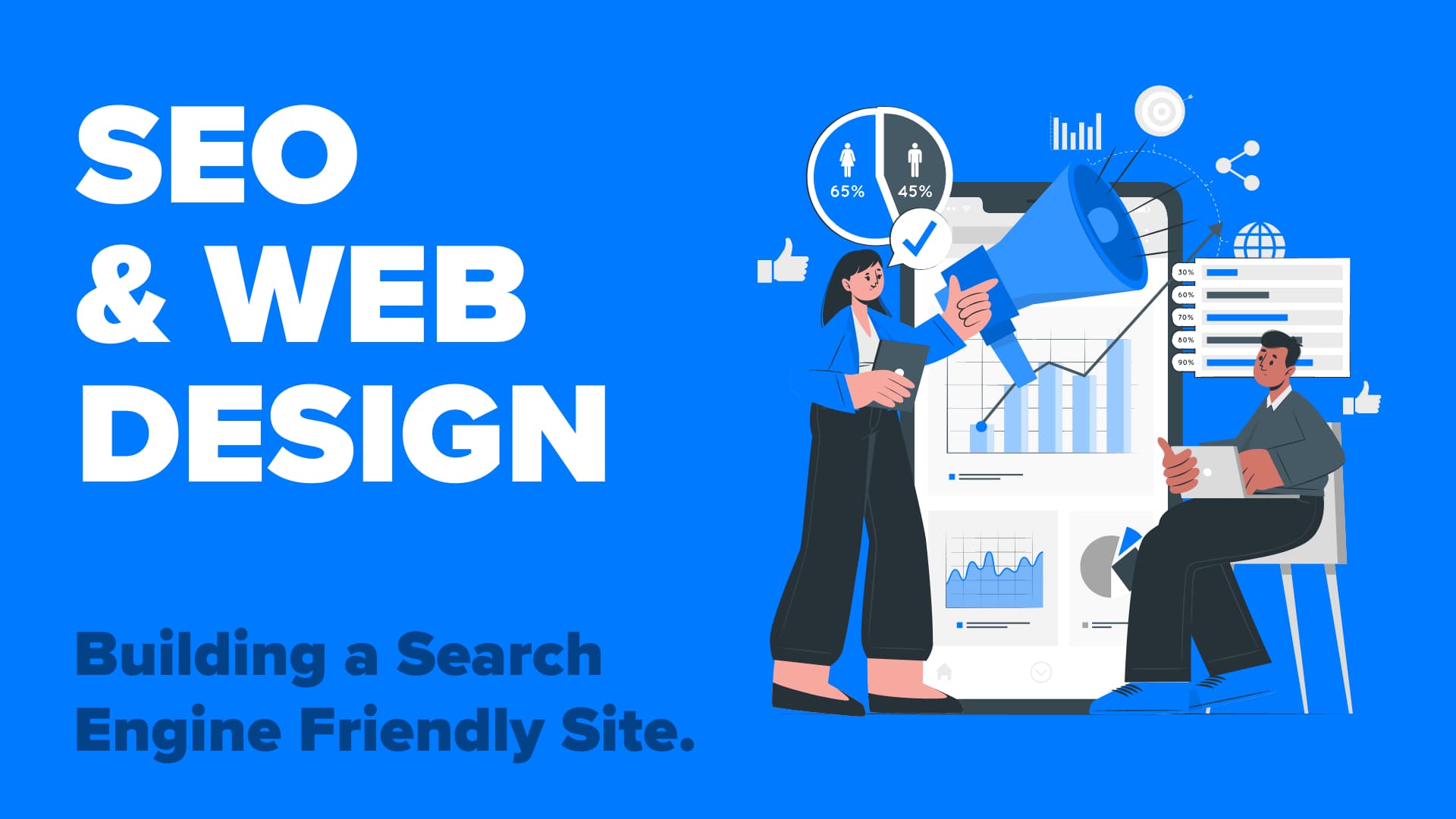Bgroho Insights
Your daily source for news, tips, and inspiration.
When Aesthetic Meets Algorithm: Crafting SEO-Friendly Designs
Discover how to blend stunning aesthetics with SEO strategies to elevate your designs and boost your visibility in search results!
The Art of Balance: Merging Aesthetic Design with SEO Best Practices
In today's digital landscape, design and SEO best practices must go hand in hand to create a cohesive and effective online presence. Achieving the right balance requires a thoughtful approach that prioritizes the user experience while adhering to SEO guidelines. Aesthetic elements, such as font choices, color schemes, and layout, play a crucial role in retaining visitors, but they should never overshadow the fundamental principles of search engine optimization. By incorporating best design practices with a strong emphasis on SEO strategies, webmasters can enhance their site’s visibility and ultimately drive more organic traffic.
To master the art of balance, it's essential to focus on key aspects that cater both to the eye and search algorithms. For instance, utilizing responsive design ensures that websites perform well across various devices, which is a critical factor for SEO ranking. Additionally, structuring content using header tags, and integrating meta tags, alt text for images, and internal linking can greatly enhance the site’s SEO while maintaining an appealing design. Remember, a well-designed site that functions seamlessly on multiple platforms not only pleases users but also garners the favor of search engines, leading to sustainable growth.

Top 5 Design Principles for SEO-Friendly Websites
Creating an SEO-friendly website involves adhering to key design principles that enhance both user experience and search engine visibility. The first essential principle is responsive design; a website must be mobile-friendly to ensure accessibility across various devices. Google prioritizes mobile usability, so utilizing frameworks like Bootstrap can help streamline this process. Second, site speed is crucial—slow-loading pages can lead to high bounce rates. Tools such as Google PageSpeed Insights can assist in optimizing your website's loading time.
Third on the list is clear navigation. A well-structured menu not only improves user experience but also aids search engines in crawling your pages more effectively. Use descriptive anchor text for internal links to enhance SEO. Fourth, utilize alt text for images—this not only improves accessibility but also allows search engines to understand the content of your images, which can improve your rankings in image search results. Learn more about this practice from Moz. Finally, ensure your website has a clean URL structure; use concise, keyword-rich URLs that are easy to read for both users and search engines.
How to Create Visually Stunning Content That Ranks on Google
Creating visually stunning content that ranks on Google involves a harmonious blend of aesthetics and optimization. First, prioritize high-quality images that are relevant to your topic, as visuals significantly enhance user engagement. Utilize tools like Canva to create custom graphics or leverage royalty-free image platforms such as Unsplash and Pexels. Always ensure your images are optimized for faster loading times by compressing them with tools like TinyPNG. Remember to include descriptive alt text for each image, which not only aids in accessibility but also boosts your SEO efforts.
In addition to imagery, incorporating engaging visuals such as infographics and videos can significantly improve your content's appeal. Use platforms like Visme to create informative infographics that can simplify complex information. Moreover, consider embedding YouTube videos that align with your content strategy, as these can enhance retention rates and increase dwell time on your site, positively impacting your search engine rankings. Don't forget to interlink your visual content with highly relevant keywords to reinforce your SEO strategy while providing valuable information to your audience.